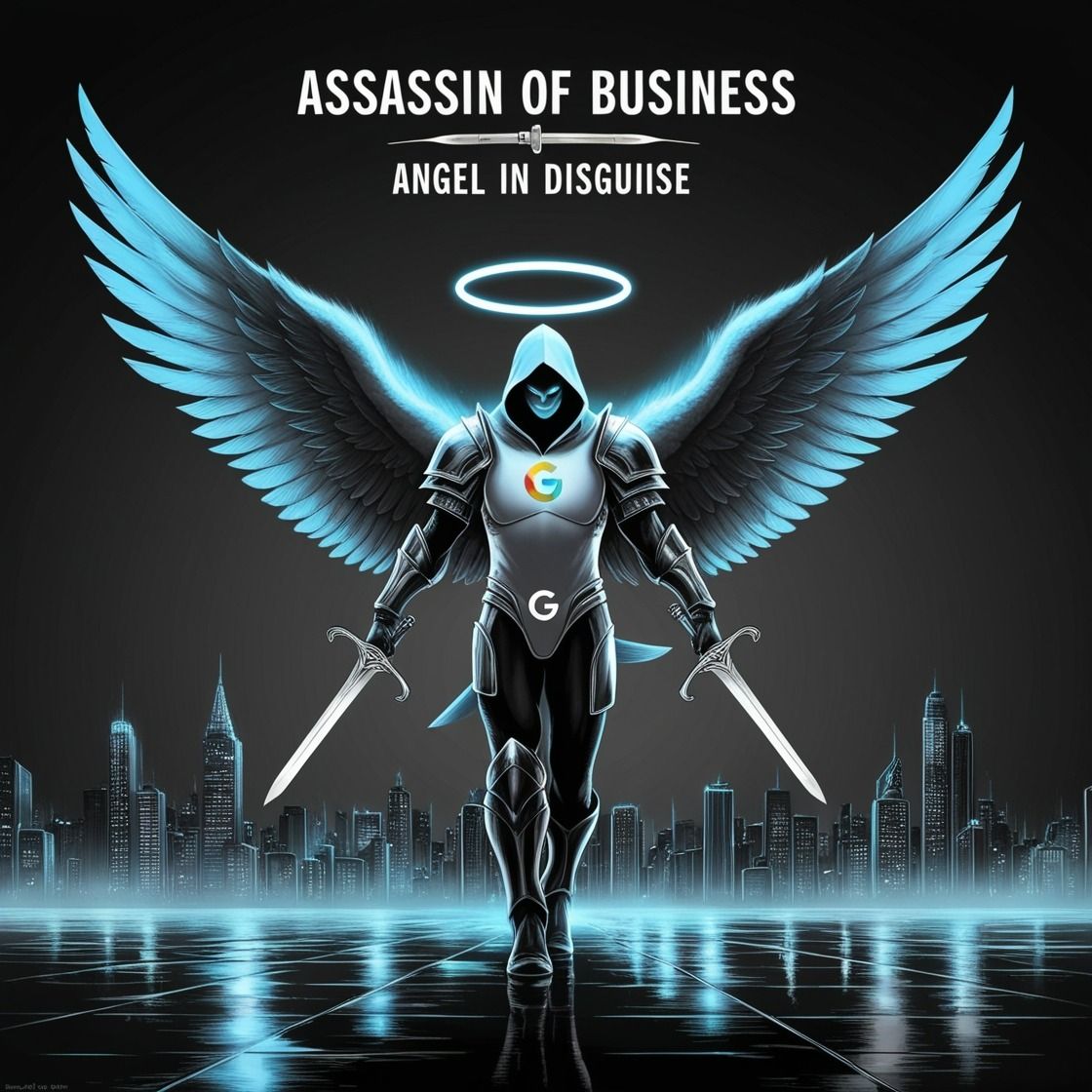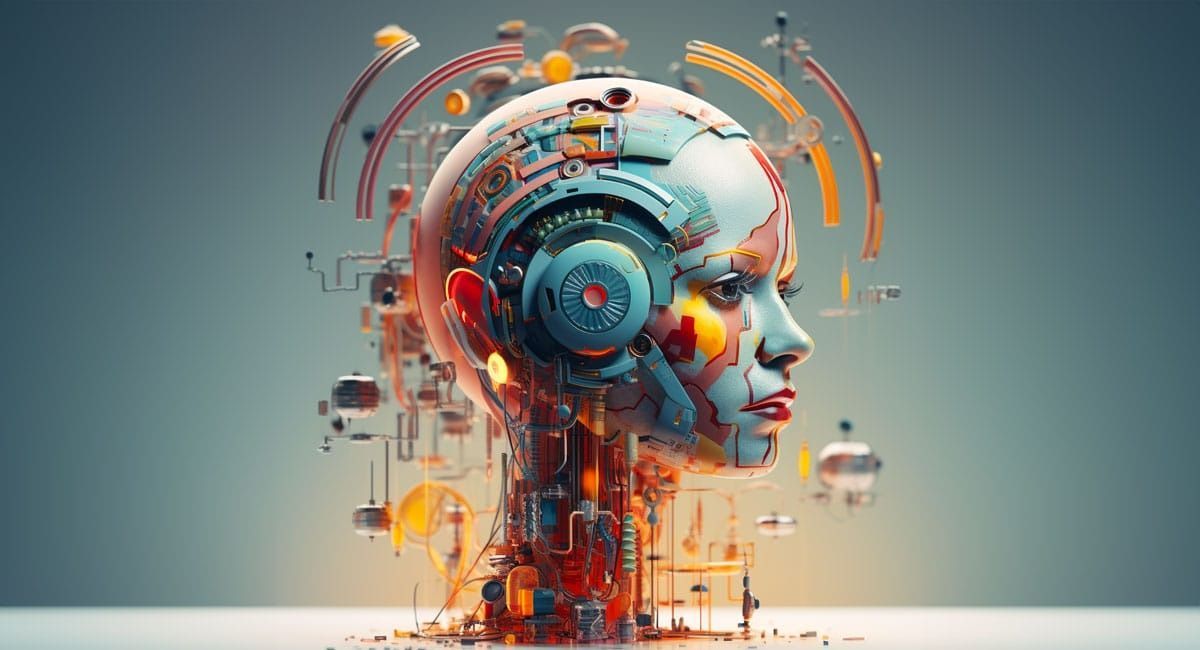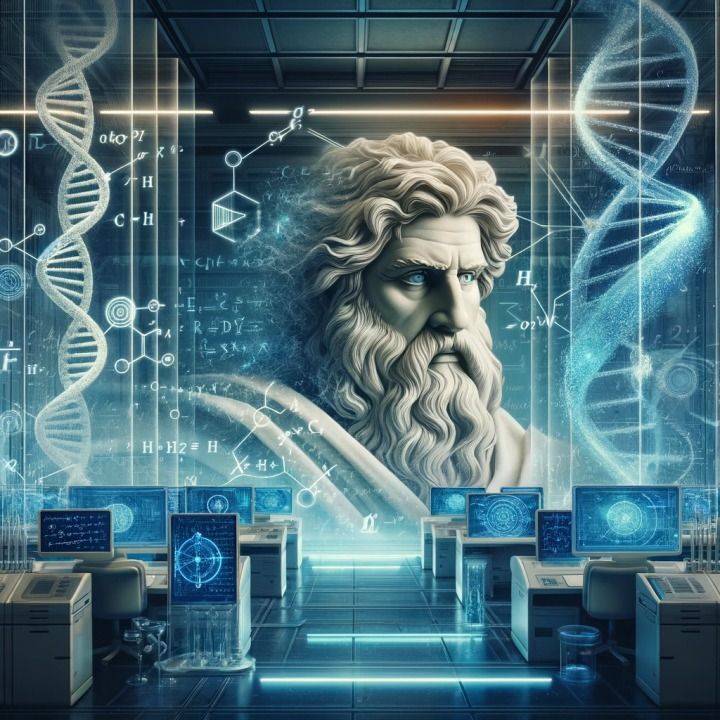
Words
of Wisdom from TheCamel


Is the Google Algorithm the Assassin of Business or an Angel in Disguise?

In the ever-evolving digital landscape, businesses constantly grapple with the intricacies of search engine optimization (SEO) to maintain visibility and relevance. At the heart of this struggle lies the enigmatic Google algorithm, a complex system that determines the ranking of web pages. This raises a good question: Is the Google algorithm an assassin of business or an angel in disguise? Does it protect businesses from the onslaught of AI-generated content, or does it secretly promote such content?
The Role of the Google Algorithm
Even though we all whinge about it, Google's algorithm is designed to deliver the most relevant and high-quality content to users. It evaluates numerous factors, including keyword relevance, site structure, user experience, and backlinks. Over the years, Google has rolled out several updates that have helped drive us mad and think they are the enemy, such as Panda, Penguin, and Hummingbird, to refine its search results and penalize low-quality content. (Yes, Google loves animals, but only the ones that help it hunt down bad content!)
The Assassin Perspective
From one viewpoint, the Google algorithm can be seen as an assassin of business. Frequent updates and changes can disrupt established SEO strategies, causing businesses to lose their hard-earned rankings overnight. This unpredictability can be particularly detrimental to small businesses with limited resources to adapt quickly. It's like playing a game of whack-a-mole, but the moles are your website rankings, and Google is wielding the mallet.
Moreover, the algorithm's stringent quality standards can be challenging to meet. Websites that rely on outdated SEO tactics or produce subpar content may find themselves penalized, leading to a significant drop in traffic and revenue. In this sense, the algorithm acts as an unforgiving gatekeeper, eliminating businesses that fail to keep up with its evolving criteria. Think of it as the digital version of a bouncer at an exclusive club—if your content isn't up to snuff, you're not getting in.
The Angel in Disguise
Conversely, the Google algorithm can be viewed as an angel in disguise. By prioritizing high-quality, relevant content, it ensures that users receive the best possible information. This focus on quality benefits businesses that invest in creating valuable content and maintaining a user-friendly website. It's like having a personal trainer who pushes you to be your best, even if it means a few sore muscles along the way.
Furthermore, the algorithm's emphasis on user experience encourages businesses to improve their websites, leading to better engagement and higher conversion rates. In this way, the algorithm fosters a competitive environment where only the best content thrives, ultimately benefiting both users and businesses. It's survival of the fittest, but with fewer lions and more keywords.
AI-Generated Content: Friend or Foe?
The rise of AI-generated content adds another layer of complexity to this debate. AI tools can produce vast amounts of content quickly and efficiently, raising concerns about the potential for low-quality, spammy content to flood search results. However, Google's algorithm is designed to detect and penalize such content, ensuring that only high-quality, relevant information ranks highly. It's like having a spam filter on steroids.
Interestingly, AI can also be a valuable ally for businesses. When used responsibly, AI tools can help generate high-quality content, optimize SEO strategies, and analyze user data to improve website performance. In this context, the Google algorithm and AI can work together to enhance the digital landscape. It's a bit like Batman and Robin—together, they can tackle the villains of bad content.
Balancing Act
Ultimately, the relationship between the Google algorithm and businesses is a delicate balancing act. While the algorithm can be ruthless in penalizing low-quality content, it also rewards those who invest in creating valuable, user-centric websites. Businesses that adapt to the algorithm's evolving standards and leverage AI responsibly can thrive in this competitive environment. It's like walking a tightrope—one misstep, and you could fall, but with the right balance, you can reach new heights.
Conclusion
So, is the Google algorithm the assassin of business or an angel in disguise? Ok, I'm going to sit on the fence LOL.The answer lies somewhere in between. It can be a formidable adversary for those who fail to meet its standards, but it also serves as a guardian of quality, ensuring that users receive the best possible information. By understanding and adapting to the algorithm's criteria, businesses can harness its power to their advantage, turning potential challenges into opportunities for growth.
In the end, the Google algorithm is neither purely an assassin nor an angel. It is a complex, evolving system that reflects the dynamic nature of the digital world. Businesses that embrace this complexity and strive for excellence will find themselves well-positioned to succeed in the ever-changing landscape of search engine rankings. And remember, in the world of SEO, it's always best to keep your friends close and your algorithms closer.















